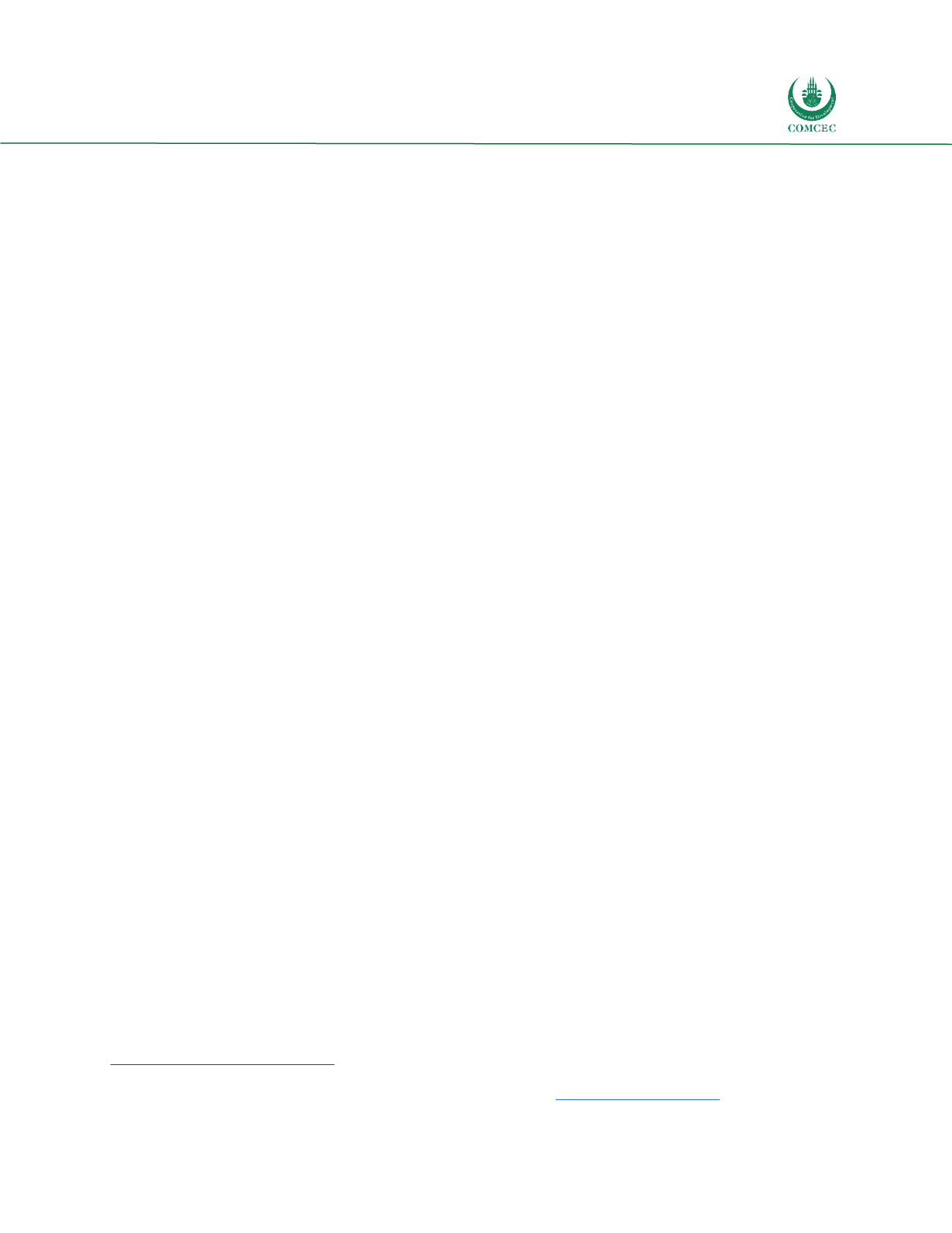

Destination Development and
Institutionalization Strategies
In the OIC Member Countries
79
An example of the proactive role played by Dubai Tourism can be seen in the role they played to fast track
their Vision 2020 plan to attract 20 million visitors by 2020. DTCM informed hoteliers that their research
suggested the need for developing more 3 and 4 star hotels for families. In a meeting of stakeholders, the
hoteliers mentioned that they did not have access to inexpensive land for building such hotels. They also
complained that permits and approvals for hotels sometimes took several months and delayed the launch
of new hotels.
DTCM started incentivizing hotels to build more 3 and 4 star hotels by allowing the conversion of selected
plots that were earlier earmarked for apartments to be converted to hotel plots. They also waived the 10%
municipality fee on room rates for all new 3 and 4 star hotels. Both of these incentives were not directly
within its domain. For example, providing land for building new hotels was facilitated by bringing this
need to the attention of the government of Dubai who issued a decree to make state land available at
attractive rates and allowed the conversion of residential plots to hotel plots. To make sure that the hotels
were built quickly they also asked the government to ask the Municipality to waive the 10% municipality
fee on all new 3 and 4 star hotels. What Dubai Tourism does do is to market the new products and services
aggressively so that business is facilitated.
To expedite the processing of permits and completion certificates for hotels, DTCM managed to get a law
passed which stipulated a maximum period of 60 days for completing all inspections and granting final
approval.
c)
The role of DMOs with regard to stakeholders
If you look at the evolution of tourism in Dubai you see a natural growth taking place. The key stakeholders
of the tourism value chain seem to have been seamlessly added to the mix. Just before the need becomes
acute, both private and government stakeholders step in.
To bring more travelers to Dubai there was a need for an “open skies” policy and this encouraged airlines
to land in Dubai. To meet the growing passenger traffic the Dubai airport was upgraded. To encourage
people to stop in Dubai an airline was needed and Emirates came into being. Shopping, restaurants, hotels,
everything evolved organically. To avoid Dubai falling into the traffic jam trap that was common in
Bangkok, the Dubai Road and Transport Authority built the metro. To cater to the needs of family travelers,
theme parks have started cropping up.
When the stakeholders internalize the desires of the tourism board, the process of encouraging change
appears to be seamless and friction free. Stakeholders like Emaar who had realized the need for midmarket
hotels stepped forward to meet the needs of the city. Emaar’s mid-market Rove Hotels are aimed at the
millennial traveler who needs a comfortable hotel room but does not want to spend too much time there
and is not interested in the luxury perks that drive up hotel room rates. Emaar Hospitality studied the
Dubai hotel landscape and noticed that about 70% of the hotel room inventory was 4 and 5 stars. There
was a shortage of midmarket hotels and they felt that there was an increasing demand for mid-market
products so they started building these hotels.
260
One of the most critical stakeholders in Dubai is the local Dubai/Emirati national. 233,430 Emiratis or
locals live in Dubai which has a total population of 2,698,600.
261
On weekdays, the population swells to
3,808,600 because of the inflow of workers who reside in other emirates but come to work in Dubai. The
260
Interview with CEO of Emaar Hospitality
261
Dubai Statistics Center (2016).
Yearly Population Estimates 2016
. Retrieved fro
m https://www.dsc.gov.ae/en-us















